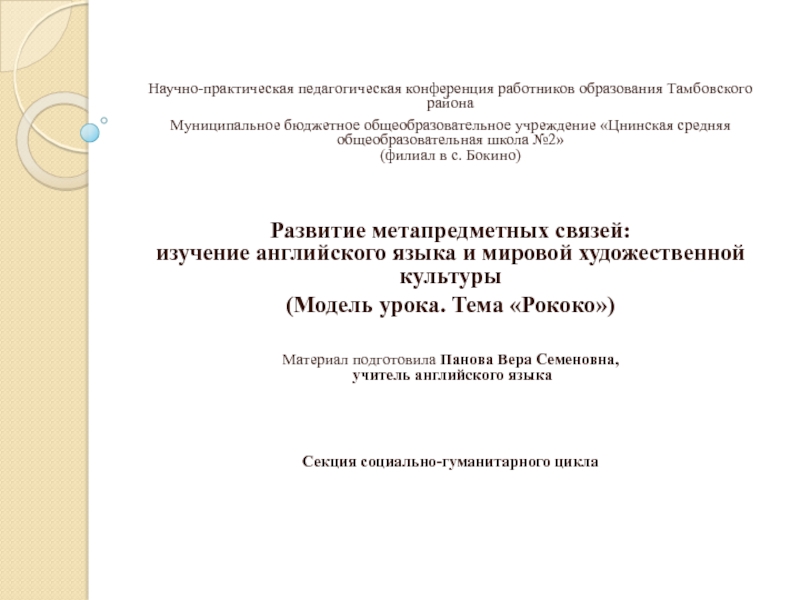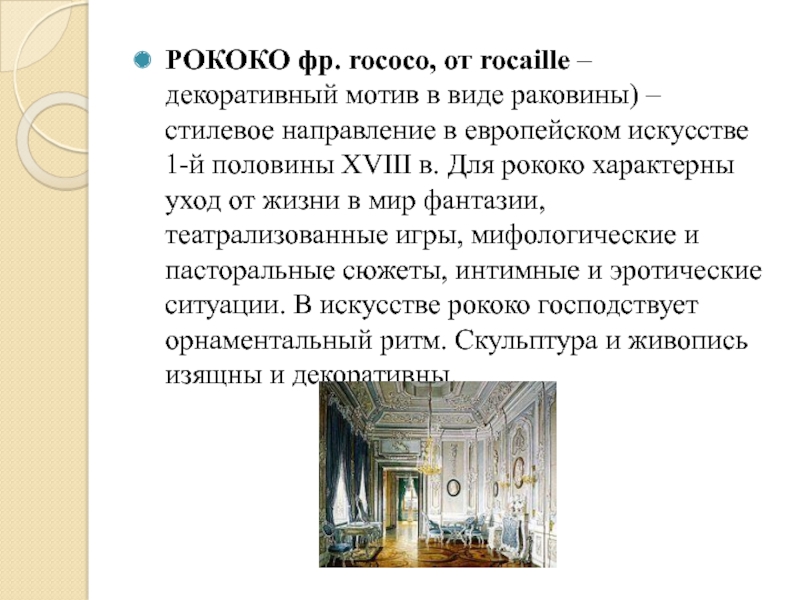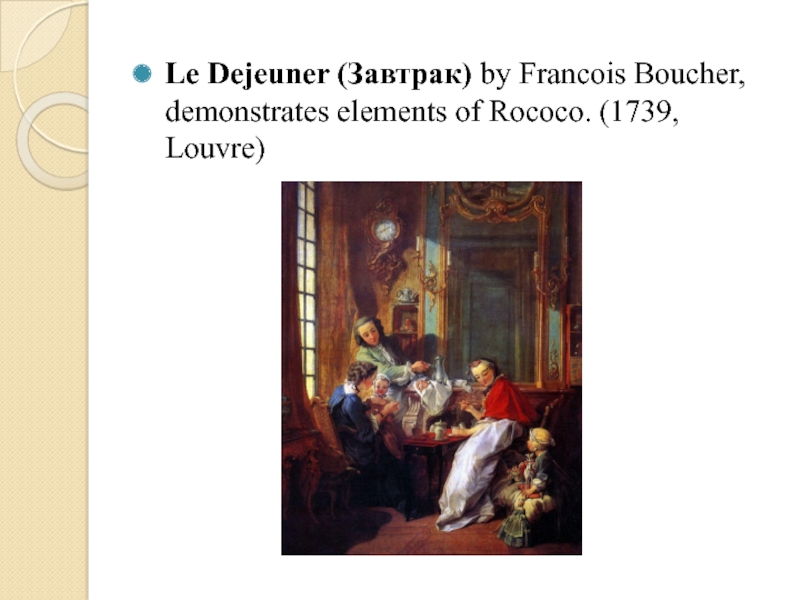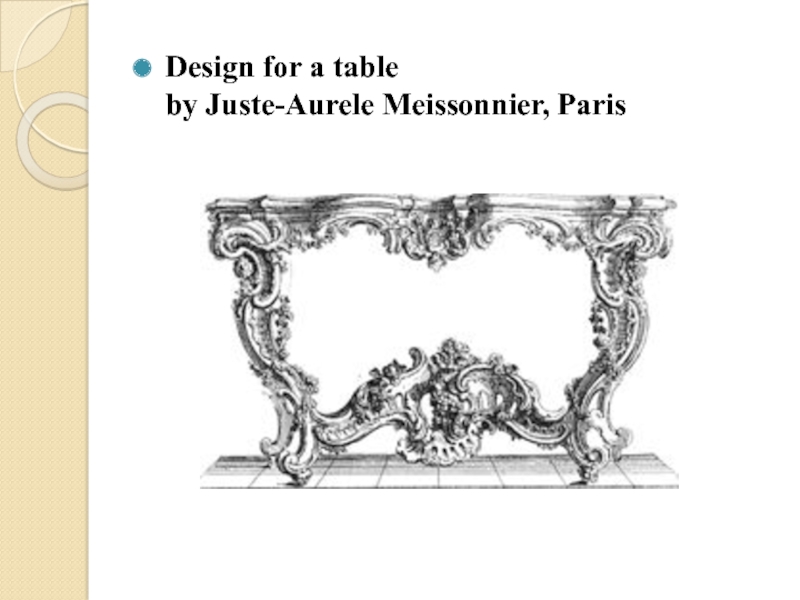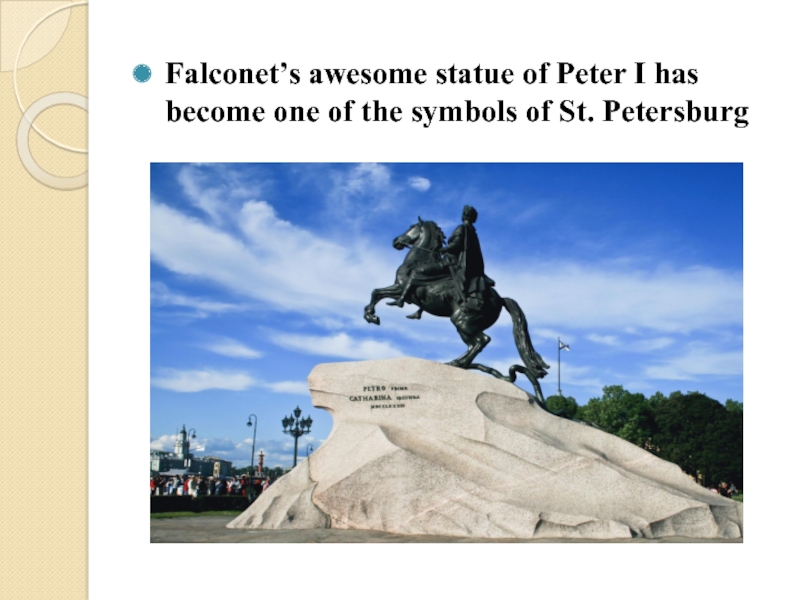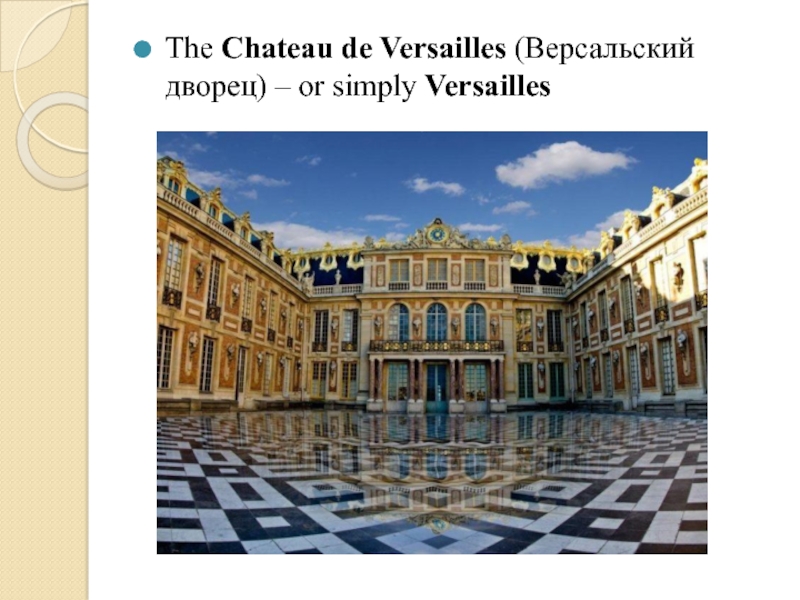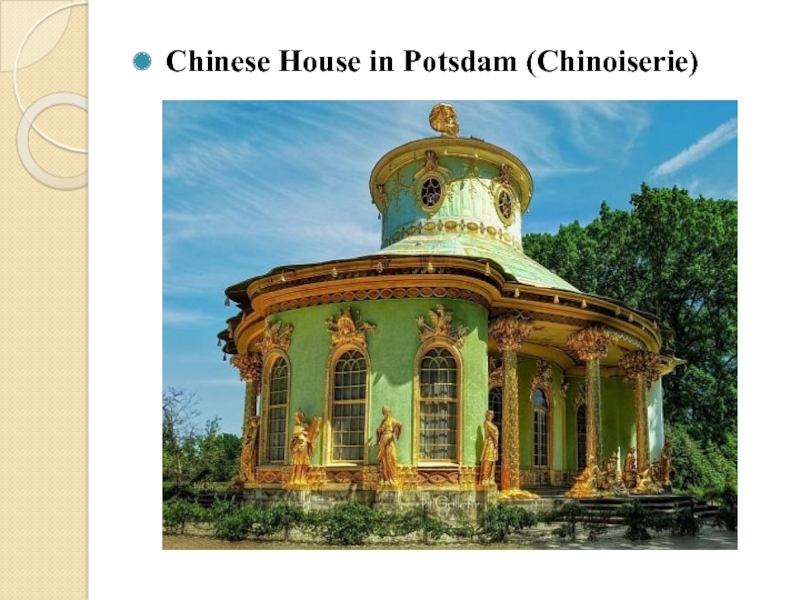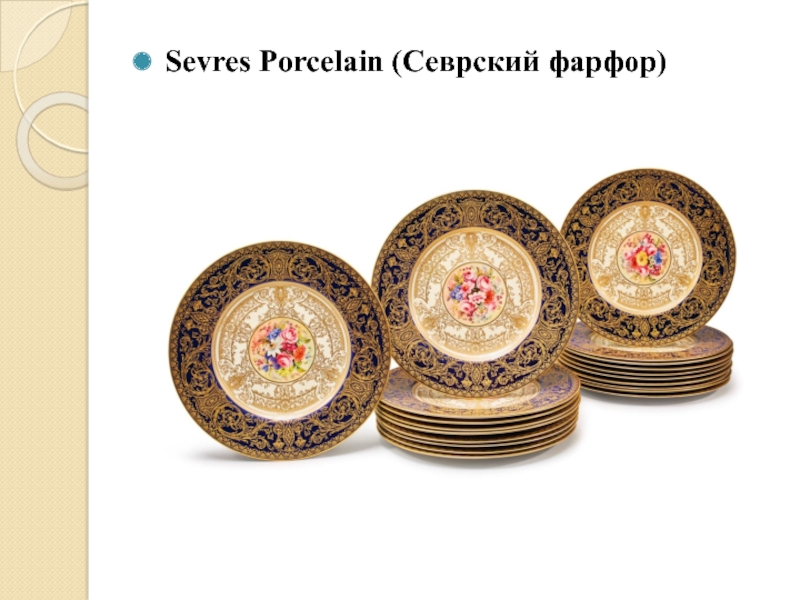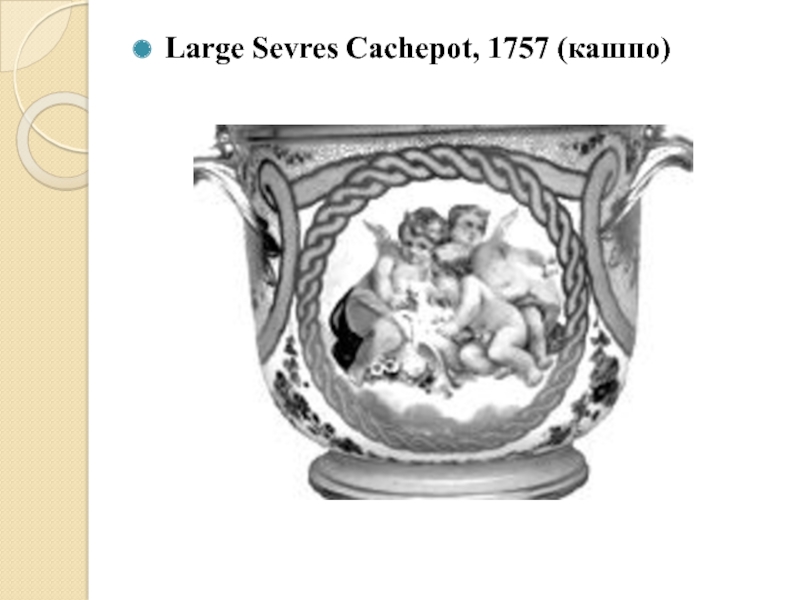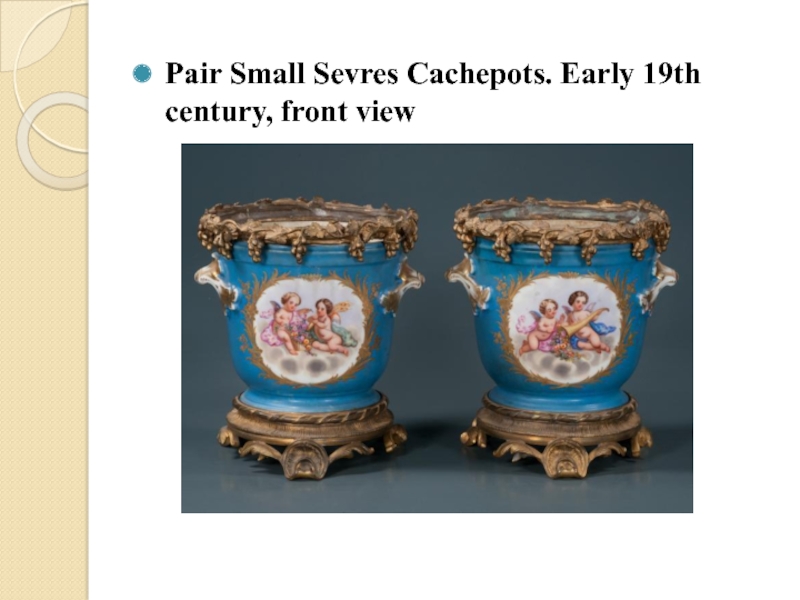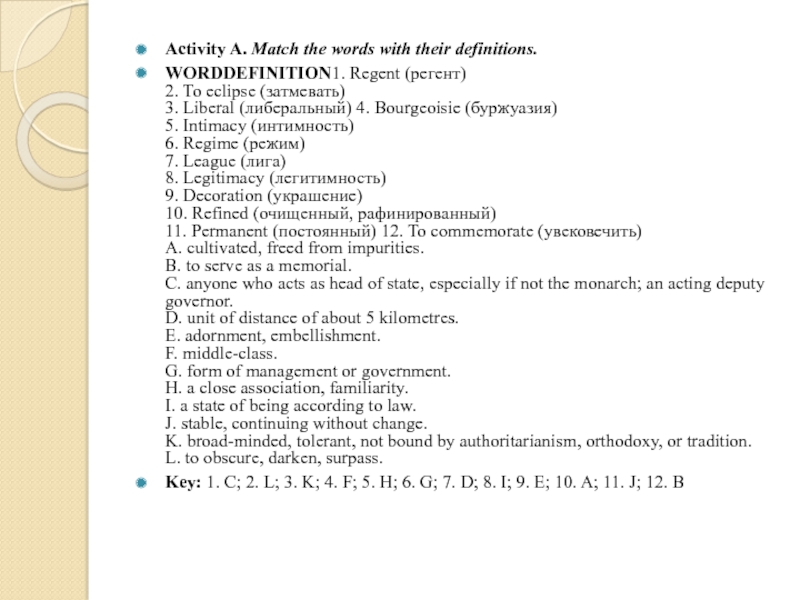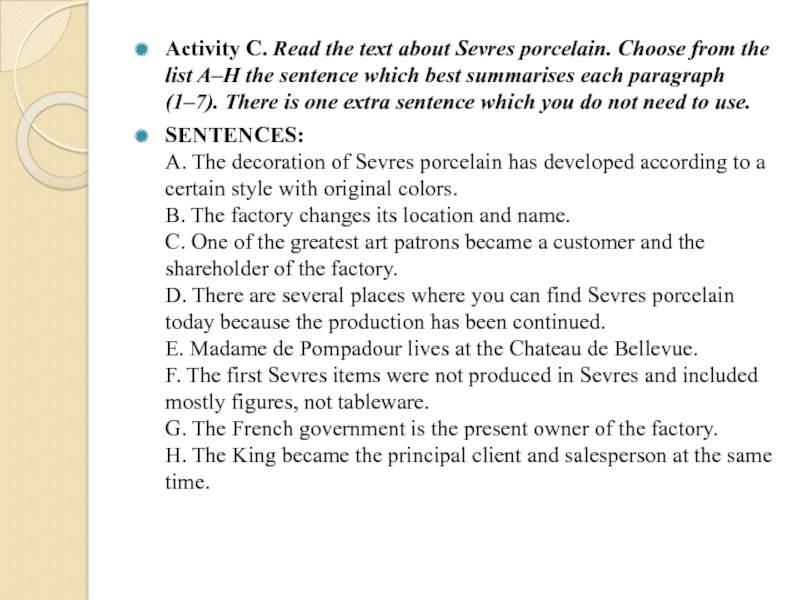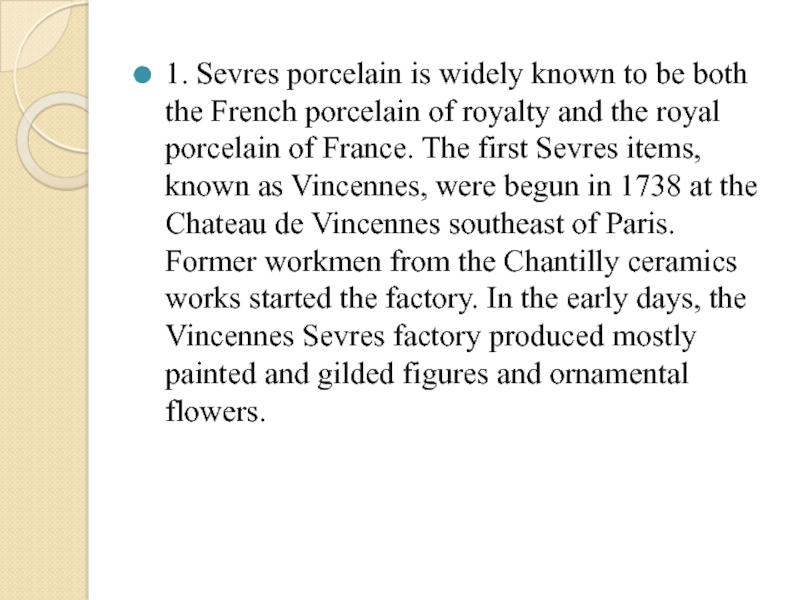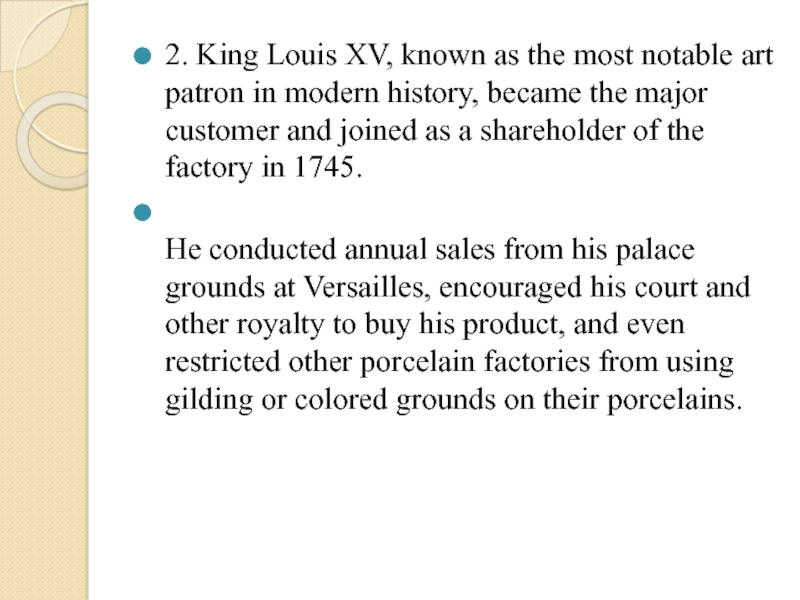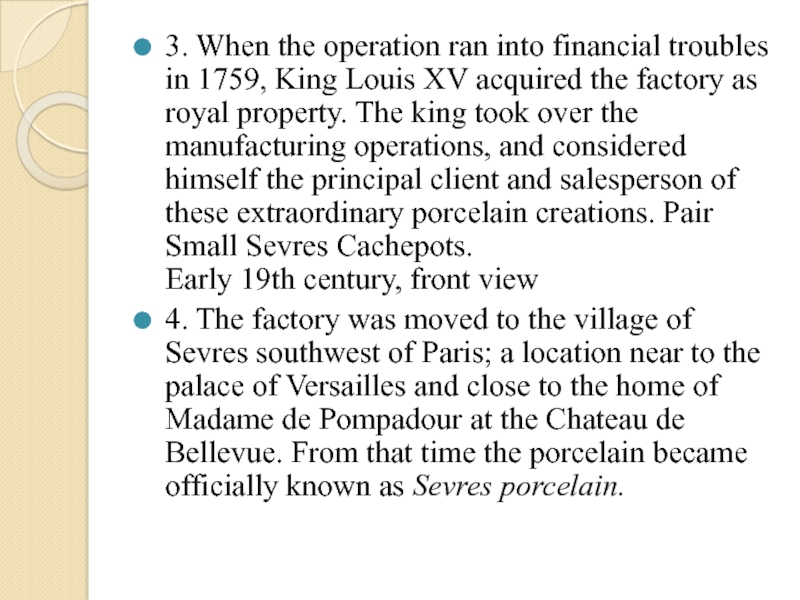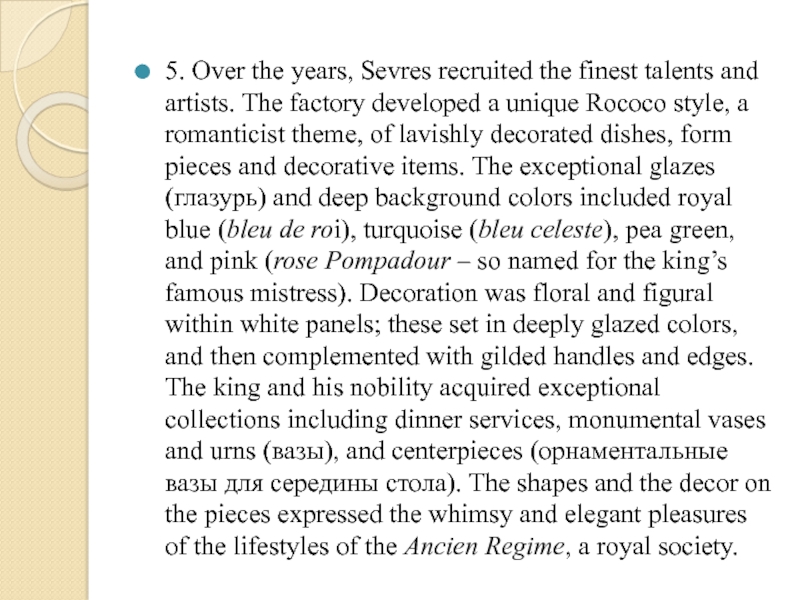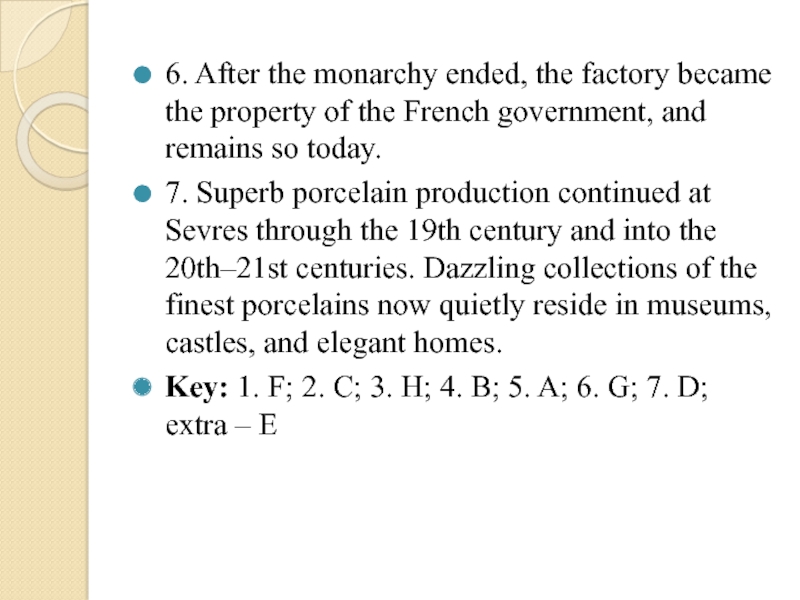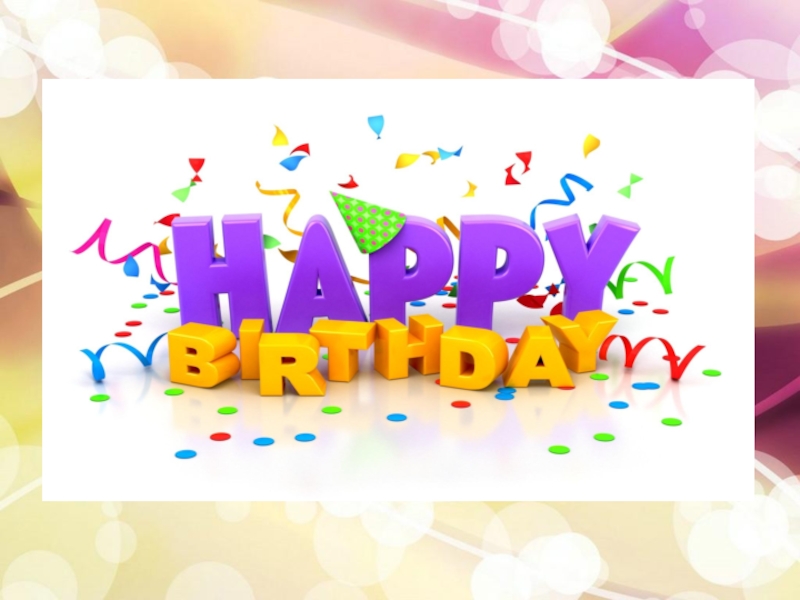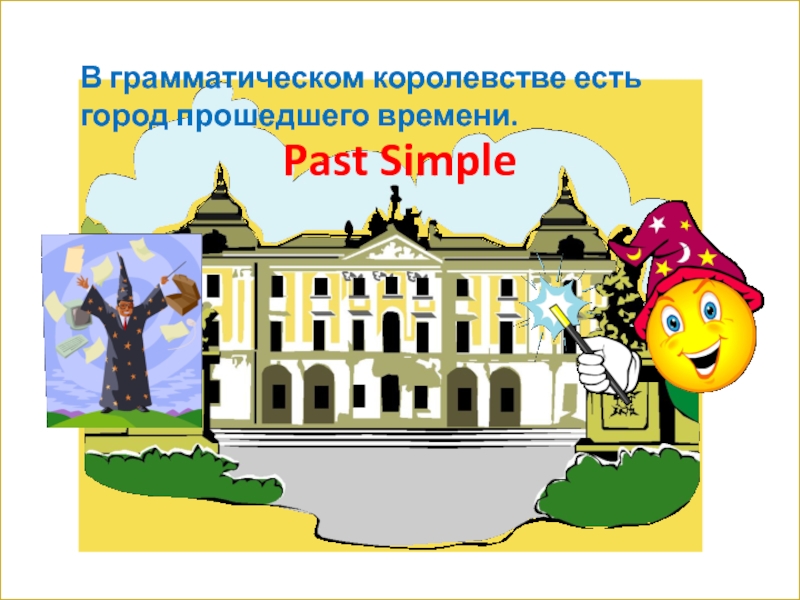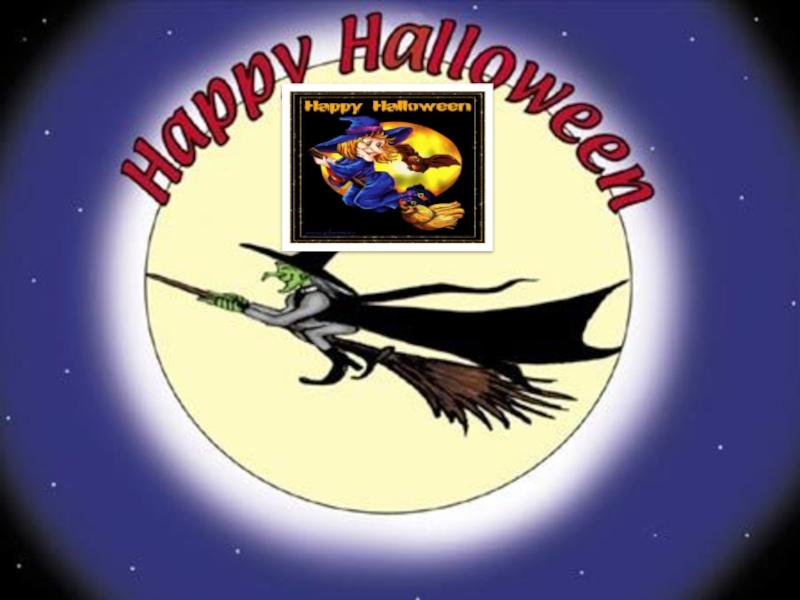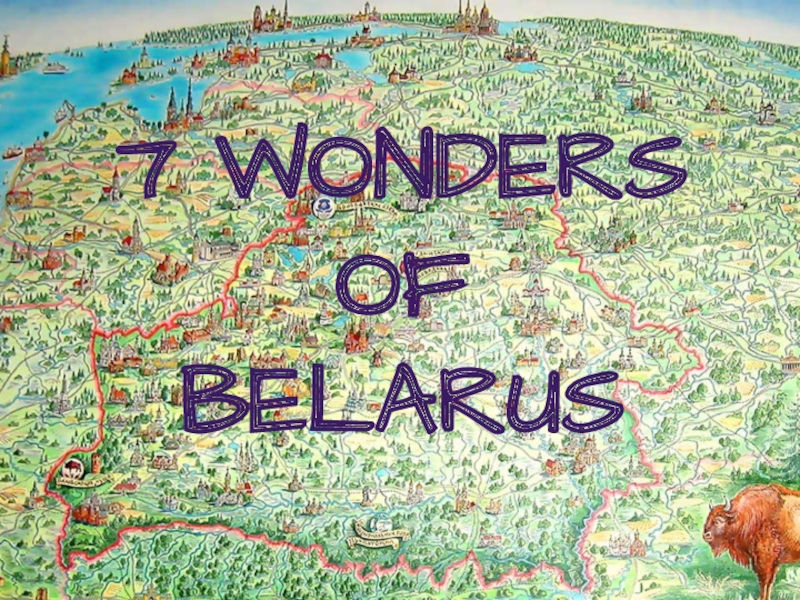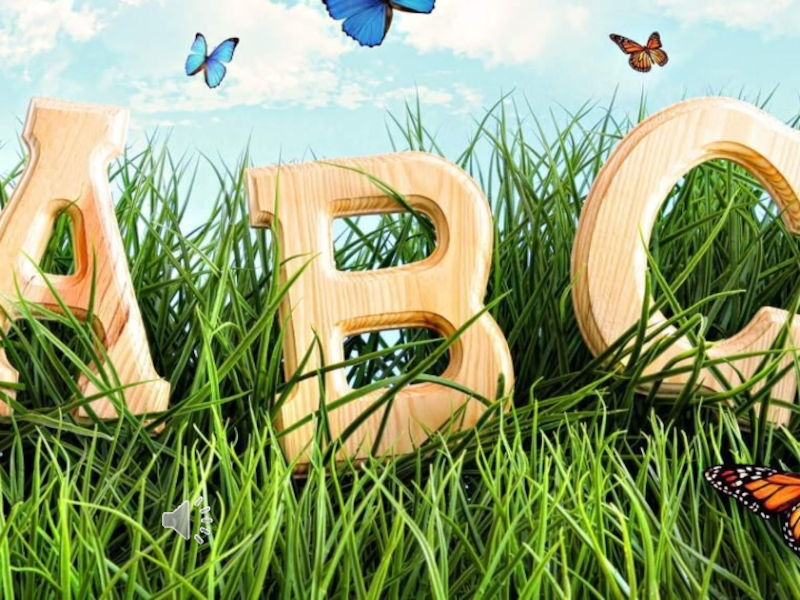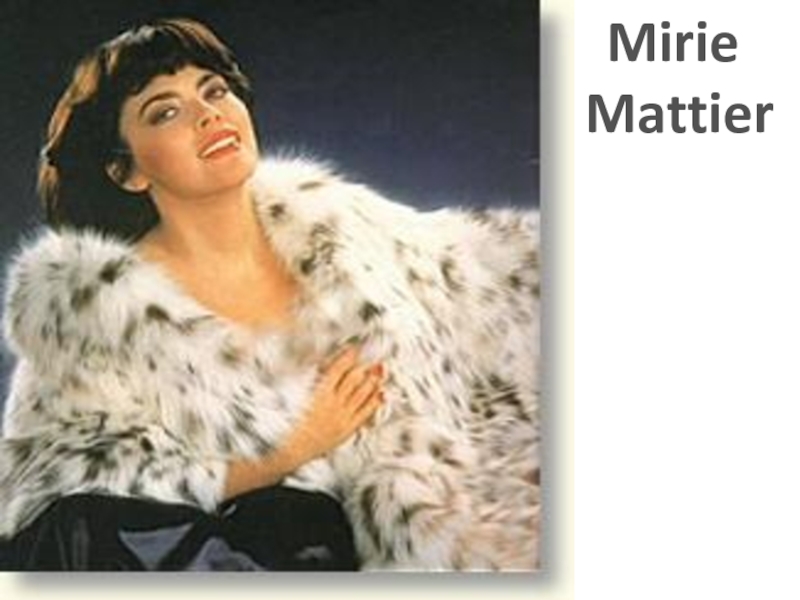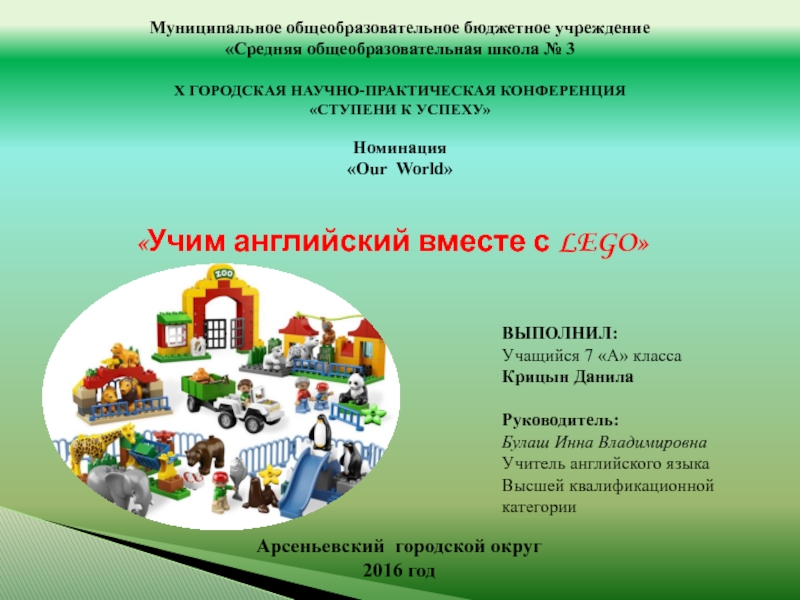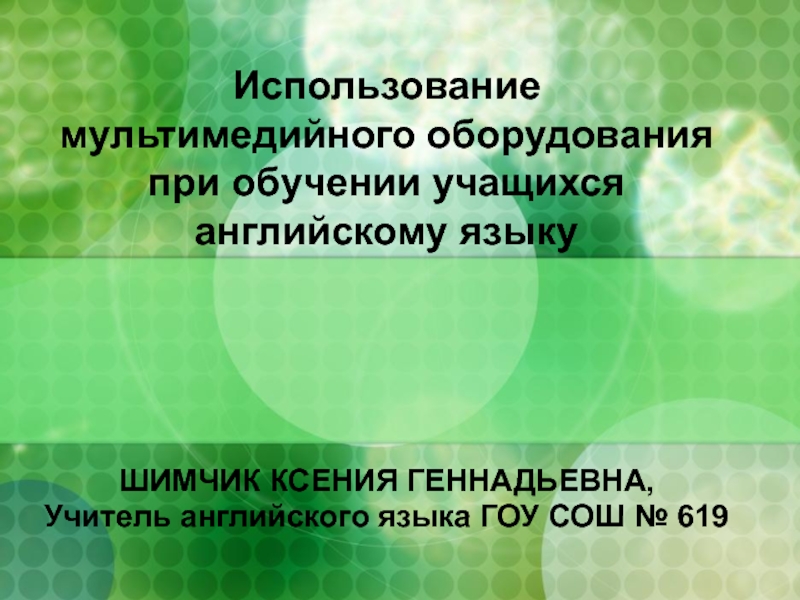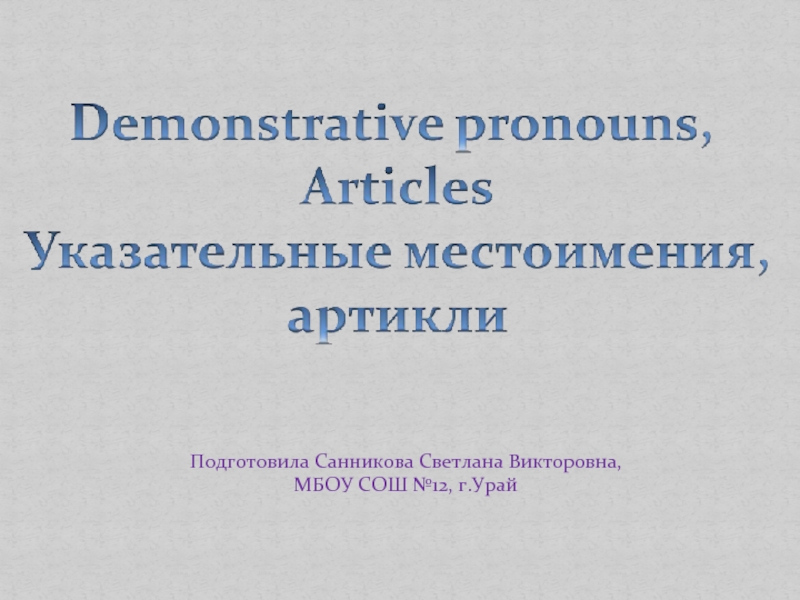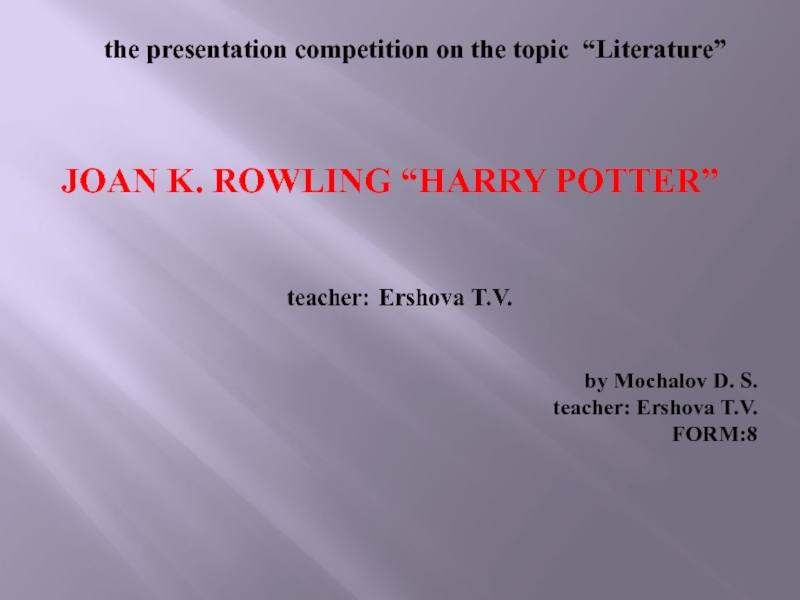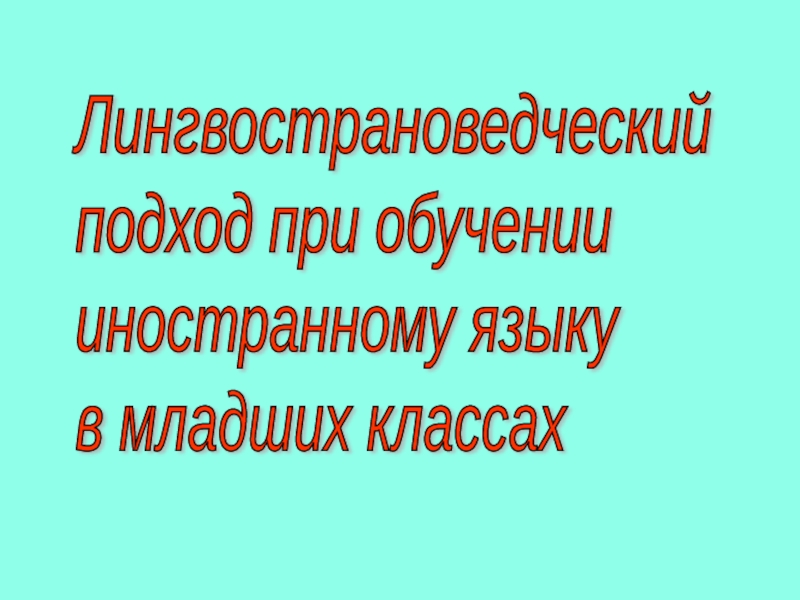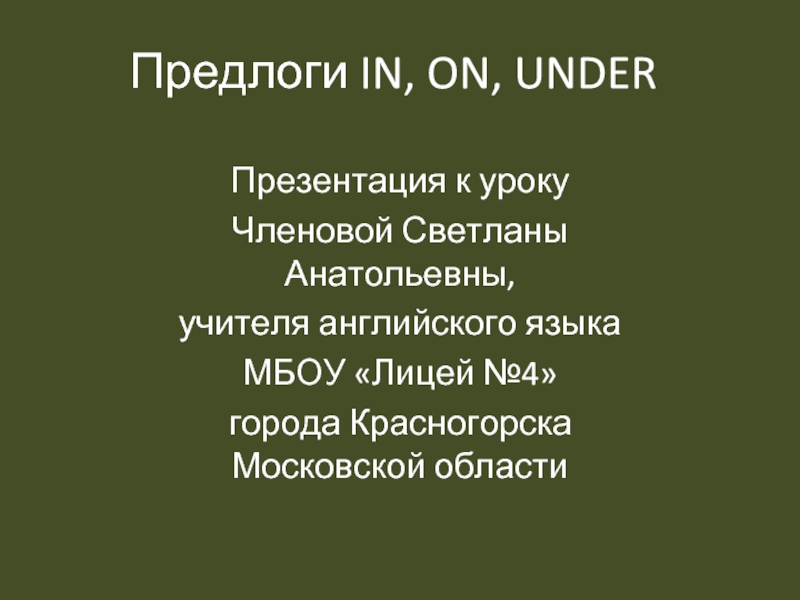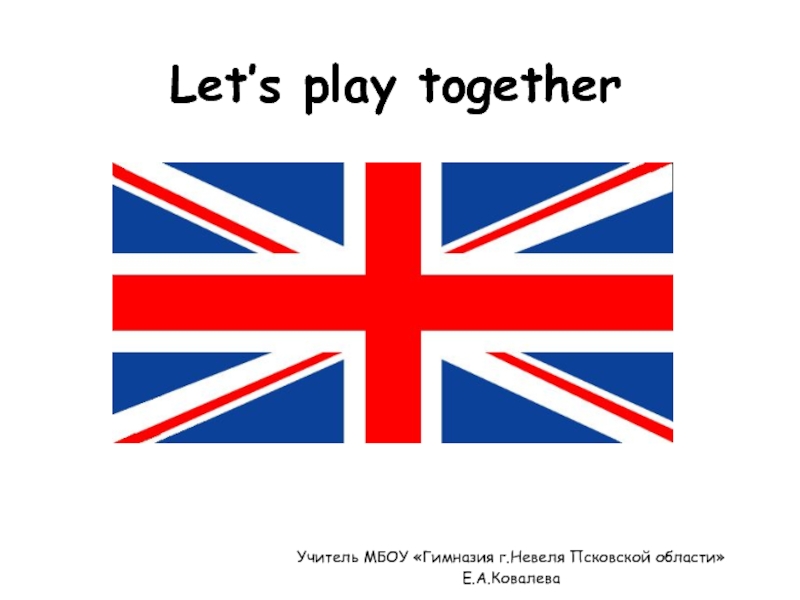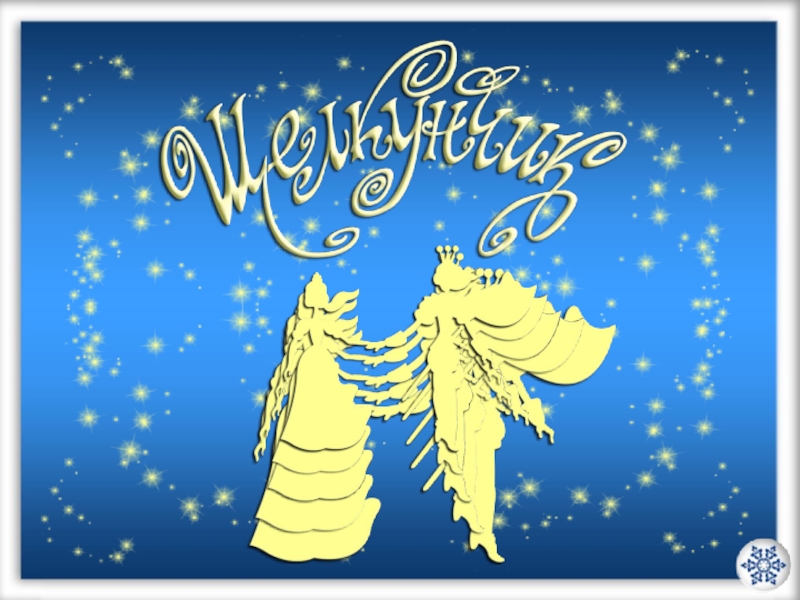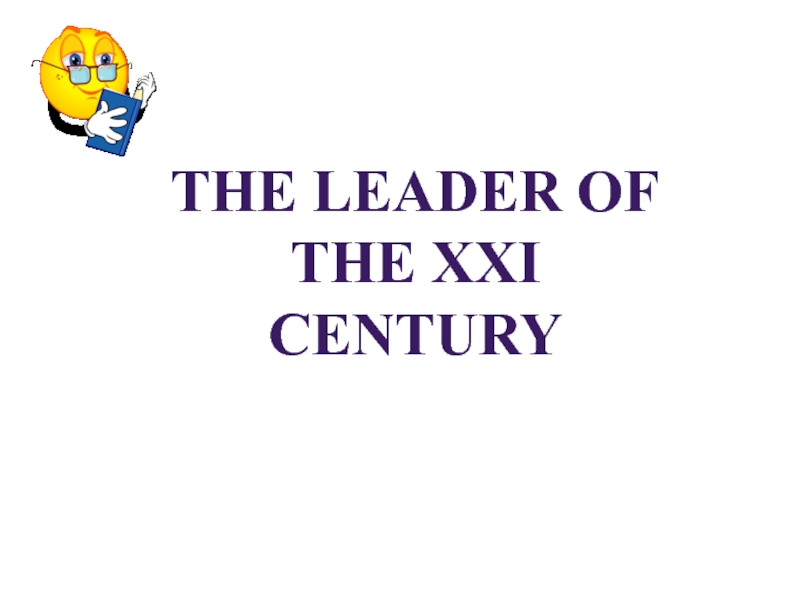Слайд 1
Научно-практическая педагогическая конференция работников образования Тамбовского района
Муниципальное бюджетное общеобразовательное учреждение
«Цнинская средняя общеобразовательная школа №2»
(филиал в с. Бокино)
Развитие метапредметных связей:
изучение английского языка и мировой художественной культуры
(Модель урока. Тема «Рококо»)
Материал подготовила Панова Вера Семеновна,
учитель английского языка
Секция социально-гуманитарного цикла
Слайд 2РОКОКО фр. rococo, от rocaille – декоративный мотив в виде
раковины) – стилевое направление в европейском искусстве 1-й половины ХVIII
в. Для рококо характерны уход от жизни в мир фантазии, театрализованные игры, мифологические и пасторальные сюжеты, интимные и эротические ситуации. В искусстве рококо господствует орнаментальный ритм. Скульптура и живопись изящны и декоративны.
Слайд 3Le Dejeuner (Завтрак) by Francois Boucher, demonstrates elements of Rococo. (1739,
Louvre)
Слайд 4Design for a table
by Juste-Aurele Meissonnier, Paris
Слайд 5Falconet’s awesome statue of Peter I has become one of
the symbols of St. Petersburg
Слайд 6The Chateau de Versailles (Версальский дворец) – or simply Versailles
Слайд 7Chinese House in Potsdam (Chinoiserie)
Слайд 8Sevres Porcelain (Севрский фарфор)
Слайд 9Large Sevres Cachepot, 1757 (кашпо)
Слайд 10Pair Small Sevres Cachepots. Early 19th century, front view
Слайд 11Activity A. Match the words with their definitions.
WORDDEFINITION1. Regent (регент)
2. To
eclipse (затмевать)
3. Liberal (либеральный) 4. Bourgeoisie (буржуазия)
5. Intimacy (интимность)
6. Regime
(режим)
7. League (лига)
8. Legitimacy (легитимность)
9. Decoration (украшение)
10. Refined (очищенный, рафинированный)
11. Permanent (постоянный) 12. To commemorate (увековечить)
A. cultivated, freed from impurities.
B. to serve as a memorial.
C. anyone who acts as head of state, especially if not the monarch; an acting deputy governor.
D. unit of distance of about 5 kilometres.
E. adornment, embellishment.
F. middle-class.
G. form of management or government.
H. a close association, familiarity.
I. a state of being according to law.
J. stable, continuing without change.
K. broad-minded, tolerant, not bound by authoritarianism, orthodoxy, or tradition.
L. to obscure, darken, surpass.
Key: 1. C; 2. L; 3. K; 4. F; 5. H; 6. G; 7. D; 8. I; 9. E; 10. A; 11. J; 12. B
Слайд 12II. READING
Activity B. Fill in the missing words from the list
below. One word is extra.
The Bronze Horseman
The Bronze Horseman is
an impressive monument to the (1)___________ of St. Petersburg, Peter the Great, on Senatskaia Ploshchad’ (the former Decembrists Square). It (2)__________ the Neva River and is surrounded by the Admiralty, St. Isaac’s Cathedral and the buildings of the (3)__________ Senate and Synod – the civil and
(4)_________ governing bodies of pre-revolutionary Russia. The monument was a (5)__________ by Catherine the Great to her famous (6)__________ on the Russian throne. The (7)____________ statue of Peter the Great, created by the famous French sculptor Etienne Maurice Falconet, depicts the most prominent (8)___________ of Russia as a Roman hero. The pedestal is made of a single piece of red granite in the
(9)_____________ of a cliff. From the top of this “cliff” Peter shows the way for Russia, while his horse steps on a snake, which represents the (10)_________ of Peter and his reforms. Ironically, the “evil” snake serves as a third point of (11)_____________for the statue.
former, reformer, shape, tribute, religious, faces, enemies, equestrian, imported, founder, support, predecessor
Key: 1. founder; 2. faces; 3. former; 4. religious; 5. tribute; 6. predecessor; 7. equestrian; 8. reformer; 9. shape; 10. enemies; 11. support; extra word – imported
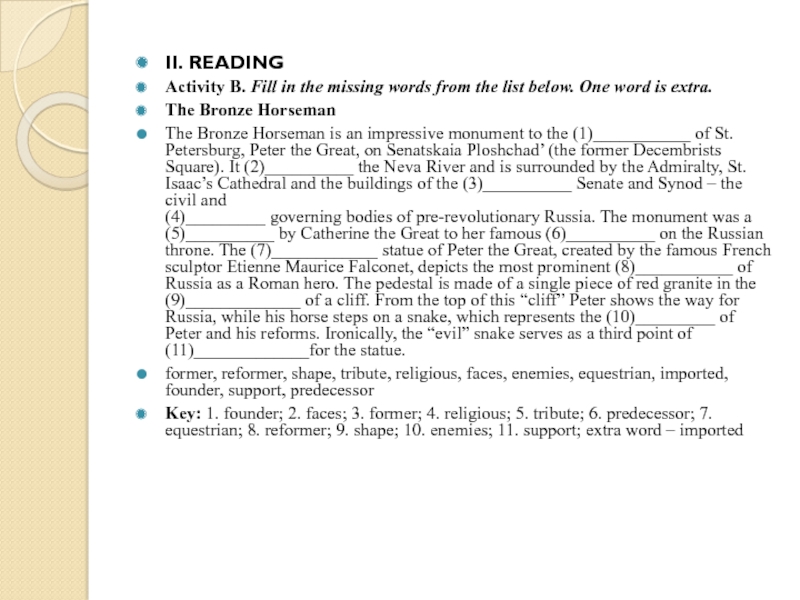
Слайд 13Activity C. Read the text about Sevres porcelain. Choose from the
list A–H the sentence which best summarises each paragraph (1–7).
There is one extra sentence which you do not need to use.
SENTENCES:
A. The decoration of Sevres porcelain has developed according to a certain style with original colors.
B. The factory changes its location and name.
C. One of the greatest art patrons became a customer and the shareholder of the factory.
D. There are several places where you can find Sevres porcelain today because the production has been continued.
E. Madame de Pompadour lives at the Chateau de Bellevue.
F. The first Sevres items were not produced in Sevres and included mostly figures, not tableware.
G. The French government is the present owner of the factory.
H. The King became the principal client and salesperson at the same time.
Слайд 141. Sevres porcelain is widely known to be both the
French porcelain of royalty and the royal porcelain of France.
The first Sevres items, known as Vincennes, were begun in 1738 at the Chateau de Vincennes southeast of Paris. Former workmen from the Chantilly ceramics works started the factory. In the early days, the Vincennes Sevres factory produced mostly painted and gilded figures and ornamental flowers.
Слайд 152. King Louis XV, known as the most notable art
patron in modern history, became the major customer and joined
as a shareholder of the factory in 1745.
He conducted annual sales from his palace grounds at Versailles, encouraged his court and other royalty to buy his product, and even restricted other porcelain factories from using gilding or colored grounds on their porcelains.
Слайд 163. When the operation ran into financial troubles in 1759,
King Louis XV acquired the factory as royal property. The
king took over the manufacturing operations, and considered himself the principal client and salesperson of these extraordinary porcelain creations. Pair Small Sevres Cachepots.
Early 19th century, front view
4. The factory was moved to the village of Sevres southwest of Paris; a location near to the palace of Versailles and close to the home of Madame de Pompadour at the Chateau de Bellevue. From that time the porcelain became officially known as Sevres porcelain.
Слайд 175. Over the years, Sevres recruited the finest talents and
artists. The factory developed a unique Rococo style, a romanticist
theme, of lavishly decorated dishes, form pieces and decorative items. The exceptional glazes (глазурь) and deep background colors included royal blue (bleu de roi), turquoise (bleu celeste), pea green, and pink (rose Pompadour – so named for the king’s famous mistress). Decoration was floral and figural within white panels; these set in deeply glazed colors, and then complemented with gilded handles and edges. The king and his nobility acquired exceptional collections including dinner services, monumental vases and urns (вазы), and centerpieces (орнаментальные вазы для середины стола). The shapes and the decor on the pieces expressed the whimsy and elegant pleasures of the lifestyles of the Ancien Regime, a royal society.
Слайд 186. After the monarchy ended, the factory became the property
of the French government, and remains so today.
7. Superb porcelain
production continued at Sevres through the 19th century and into the 20th–21st centuries. Dazzling collections of the finest porcelains now quietly reside in museums, castles, and elegant homes.
Key: 1. F; 2. C; 3. H; 4. B; 5. A; 6. G; 7. D; extra – E
